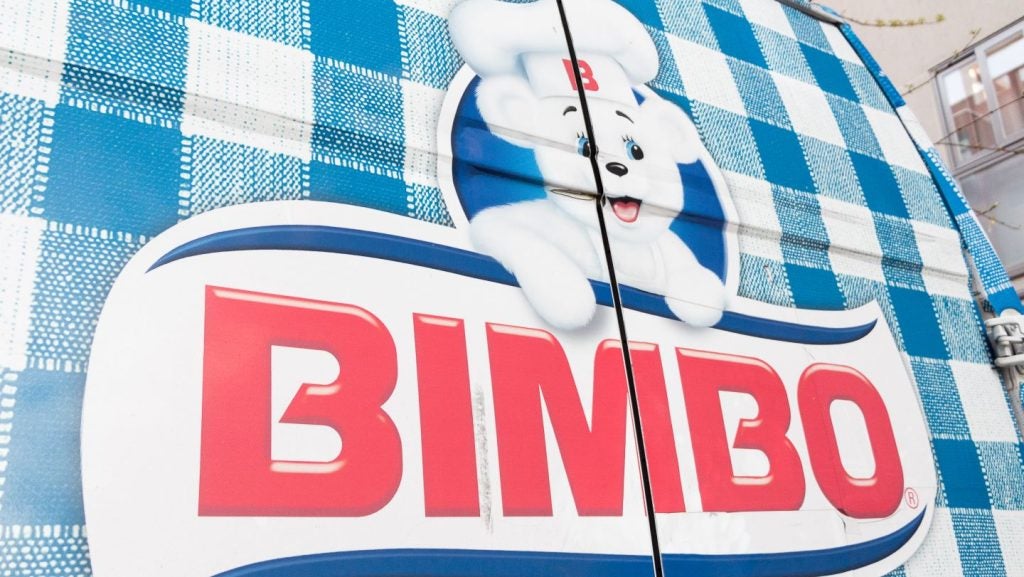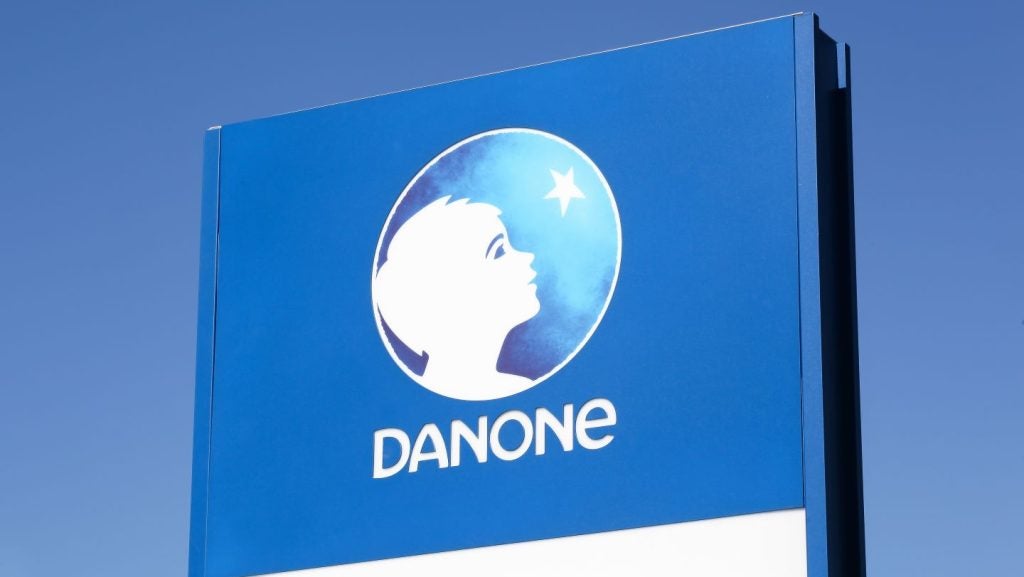Emerging markets have not passed Lindt & Sprüngli by but, given the company's sales growth in developed markets, the chocolate firm's drive to grow its business in new frontiers is not marked by the urgency evident in much of the food industry. Rather, CEO Ernst Tanner tells just-food, Lindt is playing a long game in countries like Russia and China, where the company must first develop the premium chocolate category before it moves to beef up its mass market presence.
Delivering its first-half results yesterday (21 August), Lindt booked expectation-beating top-line growth of 8.7%. The company was able to report sales and market share gains across the board and a strong showing in large developed markets boosted revenues. In the US, Lindt reported double-digit growth and in Europe the Swiss group said sales rose in the mid-single digits – impressively ahead of the market, given the economic headwinds faced in these mature markets.
Lindt also revealed double-digit sales expansion in emerging markets. The company emphasised its recently-opened subsidiaries in Russia, China and South Africa have successfully began to accelerate development in their respective markets. "These are medium- to long-term very attractive markets for us," Lindt chief executive Ernst Tanner emphasises.
However, the proportion of sales Lindt derives in emerging economies remains slight when compared to a number of global peers and gains come from a relatively low base, Tanner concedes.
"Obviously on a very small scale, we are making progress in some emerging markets like Russia, China and Japan. Although it will take years until they make a substantial contribution to the group result," Tanner says.
See Also:
Nevertheless, Lindt is not impatient with the pace of progress being made in its developing markets. Far from chomping at the bit, Lindt has taken a "systematic" approach to growing its business in new territories, Tanner tells just-food.
How well do you really know your competitors?
Access the most comprehensive Company Profiles on the market, powered by GlobalData. Save hours of research. Gain competitive edge.

Thank you!
Your download email will arrive shortly
Not ready to buy yet? Download a free sample
We are confident about the unique quality of our Company Profiles. However, we want you to make the most beneficial decision for your business, so we offer a free sample that you can download by submitting the below form
By GlobalData"Establishing a premium brand takes time. If you are in the mass market you can go to market and focus on pricing and what have you. But a premium brand you have to establish step-by-step in a new market," Tanner suggests. "When establishing a premium brand – and we are the only really worldwide active and leading premium brand in the chocolate market – you have to do it very systematically."
Lindt will enter a new market through a local distributor. Initially, Lindt chocolates will be available in department and speciality stores. Only when this presence – and relationship with the consumer – is established will the firm look to gain mass distribution or establish its own subsidiaries, Tanner reveals.
"It is very important where you choose to distribute your product in the beginning, how you position it, how you price it, how you act at the point of sale. At the beginning you are very expensive, you are only distributed in department stores and speciality stores. At most points of sale, you have your own sales people who are well-trained about what is chocolate and what makes Lindt special in the chocolate market. That is how we did it 150 years ago in Switzerland."
It is also a model Lindt has employed to great success elsewhere, including the world's largest chocolate market – the US.
"In the US… we slowly, step-by-step, established it as a premium brand with our own stores, department stores, speciality stores. Then the rest of the trade saw that this is a new brand, but they are really committed to the North American market… and there is a demand for these products. We all of a sudden gained broad distribution across all of the United States. That obviously generated enormous sales growth… Chocolate is an impulse buy and therefore the broader you make your products available the faster you should grow," Tanner observes.
However, protecting Lindt's premium positioning is prioritised over reaching the masses and Tanner says Lindt chocolates are priced out of reach of the majority of consumers in its emerging markets. By establishing itself as a premium "aspirational" brand Lindt expects to see demand grow in-line with the expanding middle classes in increasingly affluent countries such as Russia and China.
"We want to establish ourselves for people who can afford us in those markets now and to establish the brand as an aspirational product that people – maybe in China or Russia – cannot afford at this point in time. But once they get into the income bracket where they can afford it, they are going to buy Lindt."
Lindt needs to take its time in emerging markets because the company has to build more than its premium brand, it needs to develop the premium chocolate category itself, Tanner says.
"We have to build the category. That is what we had to do in America. In America there was no premium chocolate in the marketplace 20 years ago. Maybe a couple of stores, little chocolatiers, sold premium chocolate. But we had to do it in the States and we have done it very successfully. We are, with Lindt and Ghirardelli, the only premium chocolate brand in the North American market of size. This is exactly what we have to do in [emerging markets]."
The challenge differs from country to country but the broad issue of educating consumers and stimulating demand for premium chocolates appears to remain largely the same.
"In China we have to establish first the chocolate market and then the premium chocolate market. They don't know cocoa, they don't know chocolate, they don't know what is specific about it. That is a grass roots marketing approach. In Russia it is a little bit different. Russia has a long chocolate culture. There [the task] is mainly to teach people what the difference is between a commodity chocolate and a premium, quality chocolate," Tanner observes.
According to Lindt's expansion model, Tanner expects to see the rate of sales growth pick up in emerging markets in the coming years. "Sales are growing double digits… This growth rate should accelerate as time goes on. Once we have established a base, we expect the growth rate to accelerate… [as we] broaden the distribution base and make Lindt chocolate available to a wider number of consumers."
Would Lindt be tempted to take a short-cut to grow its emerging markets business, either by forming joint ventures with local companies or by allowing itself to be incorporated into a larger group whose distribution channels it could then piggy back off?
"Absolutely not," Tanner responds. He emphasises the group's premium positioning is reliant on its organic growth model and insists that the company is not an acquisition target. "We want to remain independent… we are too expensive for those [larger companies] anyway."
To find out more on how Lindt is growing its business in developed North American and European markets, click here for part one of the just-food interview.





